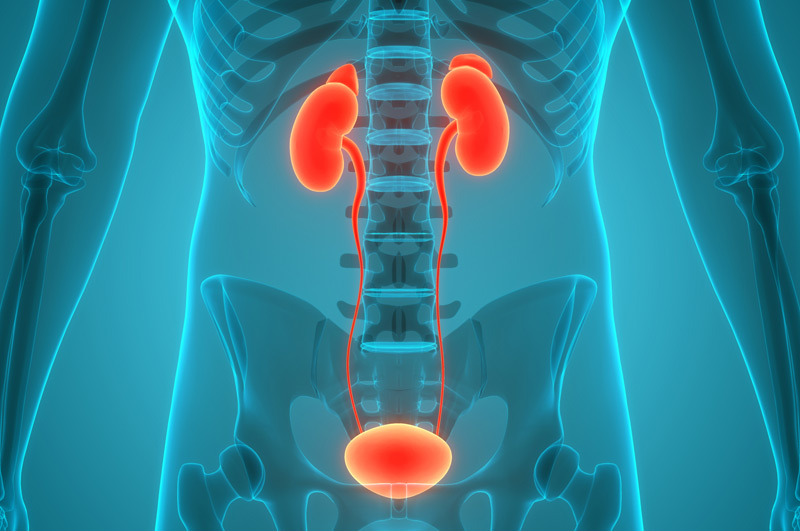Neurogenic bladder is a condition marked by the inability to control the bladder due to issues with the brain, spinal cord, or nerves. It can affect individuals with multiple sclerosis (MS), spina bifida, Parkinson’s disease, spinal cord injuries, diabetes, and other illnesses. Stroke and major pelvic surgery can also lead to this condition.
Normally, muscles and nerves work together to help the bladder hold urine until urination is desired. When nerve communication between the brain and bladder muscles is impaired, the muscles may not function correctly, causing the bladder to either not fill or empty properly.
How the Urinary System Functions
In a healthy urinary system, the kidneys produce urine, which is stored in the bladder. The bladder, supported by pelvic muscles in the lower abdomen, stores urine until it is released through the urethra during urination. Nerve signals alert the brain when the bladder is full, prompting the bladder muscles to contract and expel urine through the urethra and sphincters.


Causes of Neurogenic Bladder
An overactive bladder involves muscles that contract too frequently, while weak sphincter muscles may allow urine to pass prematurely. Conversely, an underactive bladder features muscles that do not contract when full, and the sphincter muscles may not relax when attempting to urinate. Some individuals may experience both overactive and underactive bladder symptoms.
Symptoms of Neurogenic Bladder
Symptoms can include:
- Urinary tract infections due to yeast, harmful bacteria, or viruses
- Leaking urine before reaching a bathroom
- Frequent urination (more than eight times in 24 hours)
- Dribbling during urination
- Inability to completely empty the bladder

Diagnosing Neurogenic Bladder
Diagnosis involves reviewing the patient’s medical history and daily habits, detailing symptoms and their impact on daily life, and providing a list of medications. Diet and fluid intake are also discussed. Patients may need to keep a bladder diary and undergo a pad test.
Women may have their abdomen, pelvis, and rectum examined, while men will have their prostate, rectum, and abdomen checked. Diagnostic tests can include:
- Urine culture to detect infection or blood
- Bladder ultrasound to assess bladder emptying
- Cystoscopy to inspect the bladder
- Urodynamic testing to evaluate urine storage and release
- Imaging tests like CT scans, ultrasounds, or X-rays
Treatment varies based on age, overall health, cause of nerve damage, symptom severity, and treatment goals.
Choose UCI Pelvic Health Center for Neurogenic Bladder Treatment
If you’re struggling with symptoms of neurogenic bladder, such as frequent urination, urinary tract infections, leaking, or difficulty emptying your bladder, the UCI Pelvic Health Center is here to help. Our team of specialized physicians provides comprehensive care and advanced diagnostic techniques to identify and treat neurogenic bladder effectively. We understand how challenging these symptoms can be and are dedicated to improving your quality of life through personalized treatment plans.

